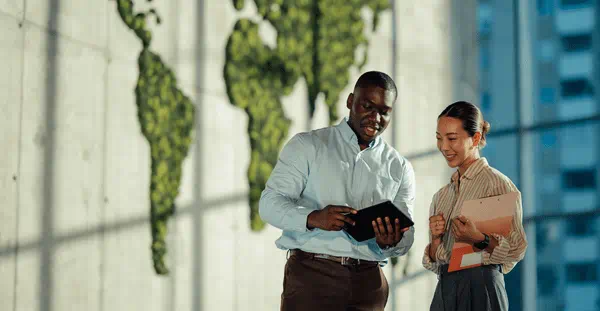Planning for safe and inclusive urban spaces for women and teenage girls also improves the needs of other vulnerable groups.
Our cities are not built for everyone. In fact, many aspects of urban spaces and transport systems are designed around the experience of a young, able-bodied man. Revisionist concepts for cities consider what our urban spaces would look like if they were designed for vulnerable populations, including women, children, queer, and neurodivergent populations, as well as if our cities were not racially segregated, ableist, or ageist, and lacked imprints of settler colonialism. Because most cities and their institutions have been designed by and for a sliver of the population, they remain sites of inequality. In the effort to give space back to the public, particularly in the form of third spaces—which offer people a place to go outside of work and the home—we should move beyond traditional modes of planning to broaden our reach.
A lack of women in urban planning and policymaking institutions generates urban spaces that create social, economic, and political barriers for women. A primary concern for women visiting and living in cities is safety. The UN reports that nine in ten women globally feel unsafe in urban public spaces, and a recent study in the UK shows that girls as young as 14 have adopted coping mechanisms to avoid being harassed in public. There are urban design solutions that can increase the feeling of safety for women, including open gathering spaces, increased visibility, improved signage, and well-lit areas and pathways.

Women in more industrialized nations are also the key decision-makers when it comes to consumer spending, with control over 70-80% of all household expenditures. This translates to a need for female-friendly characteristics that consider soft lighting, attractiveness, cleanliness, flooring materials that are “heel-and-stroller friendly,” and safe pathways to parking and transport as a means to increase the economic viability of shopping districts.
Additionally, as women are more likely to be primary caregivers for children and other family members, the provision of female-friendly outdoor spaces and mobility networks will better enable women to participate in civic life. Sidewalks can be widened, ramps added, and smooth pavement incorporated for women pushing strollers and using wheelchairs. Because nearly half of women feel unsafe using public transportation after dark, well-lit and surveilled public transportation with clear lines of visibility will help those who are more vulnerable to travel the city without fear.
Teenage girls, too, are generally overlooked in the design of our built environment. Basketball courts, skate parks, and other spaces for sports and recreation are typically dominated by teenage boys and men. Entering those spaces can be intimidating and unsafe. In fact, there are few public places where teenage girls can relax and feel that they are not in danger. There is only so much design can do to implement strategies that protect women and girls in a world that accepts gendered violence as normal. We can start by taking teenage girls, including their interests and needs, seriously. Girls want lounge spaces and tables where they can be together, they want to be able to make art and play games. They want to be active in sports, to swing and climb, without having to worry about being watched, catcalled, or followed. They want to listen to music together outside and make content online. Teenagers will continue to spend a significant amount of their time online, but there are ways that we can create engaging environments outside that allow them to do so. Spaces for content creation can let teenagers reimagine their digital presence and treat the process as their own artistic endeavor.
Perhaps most importantly, we need to be inclusive of women (among other potential user groups) when we design our public spaces by engaging them in a participatory process. This includes accommodating their needs, which often require the juggling of formal work positions with informal caregiving (think: providing childcare at public meetings). Places that are designed for women have the opportunity to invite other populations by creating safe, multigender, and multigenerational environments. By caring for the needs of women, we can elevate our society for all.






